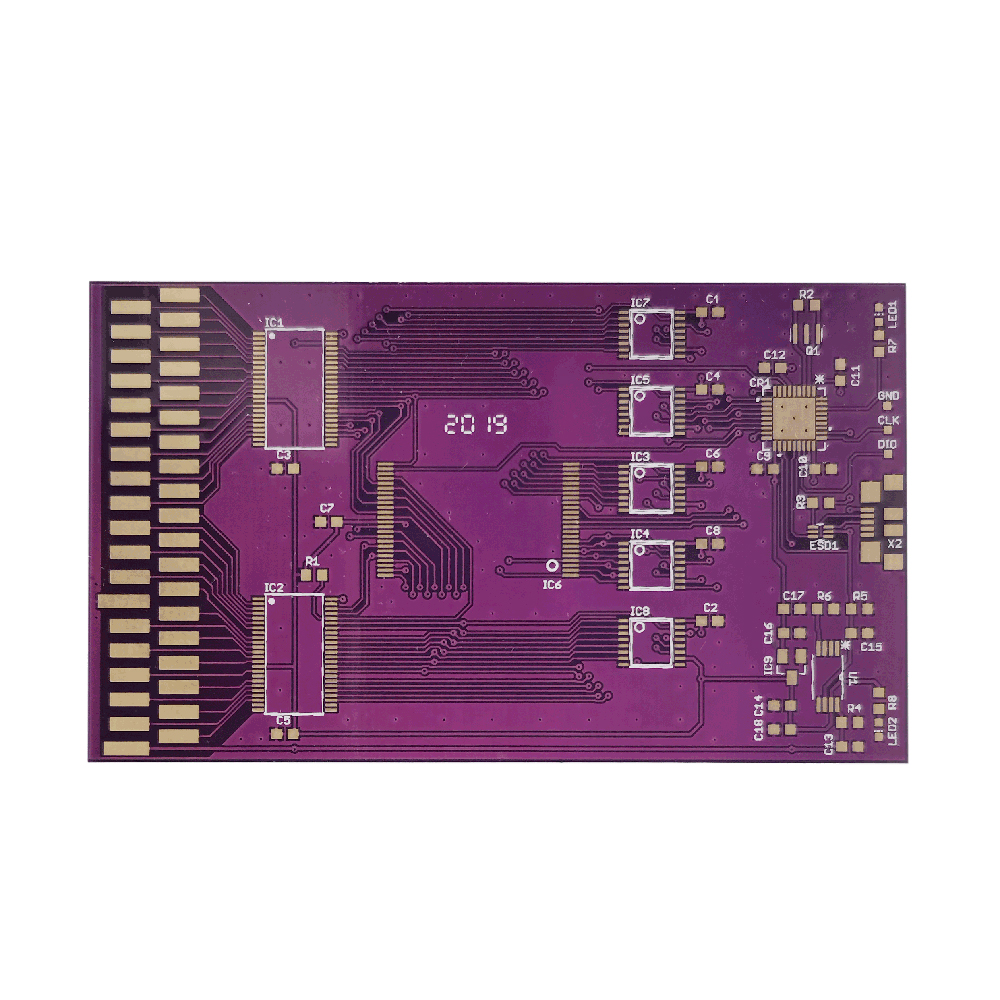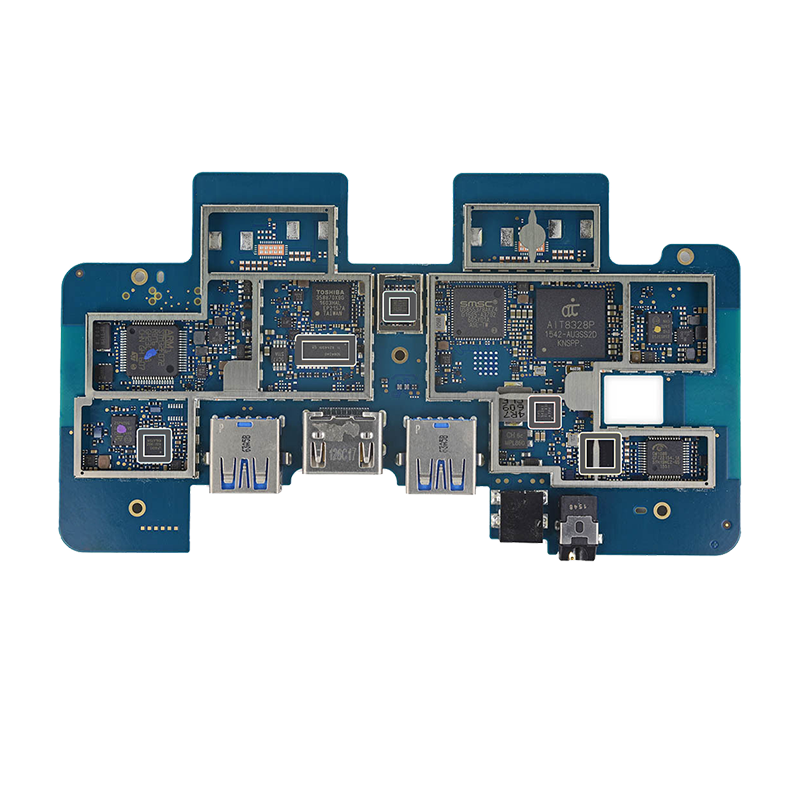Reading comprehension seems like it should be easy to define. In simple terms, it’s the ability to understand what one reads. But beneath that simple definition lies a diverse array of component skills and knowledge that make comprehension possible as well as ongoing arguments about how comprehension should best be taught.
In our new special report on comprehension, Education Week reporters address these specifics and open questions. Here, we have defined a list of common terms readers will encounter across these stories. Printed Circuit Board Supplier

Reading comprehension: The ability to understand what one reads. The skills that underlie reading comprehension, though, are complex and varied. Students need to be able to decode the words on the page, understand the vocabulary used, apply their own background knowledge to make sense of text, parse syntax and text structure, and monitor their own understanding as they read. Supporting students’ reading comprehension requires carefully planned and sequenced instruction.
Knowledge-building curriculum: An approach to English/language arts instruction that aims to systematically grow students’ knowledge about the world. Literacy skills—such as applying comprehension strategies, analyzing text, writing about texts, and discussing them—are taught in the context of this content. Studies show that teaching students literacy skills in context in this way can improve reading outcomes, though many curricula in this category have not been evaluated for efficacy.
Oral language: The spoken words, knowledge of semantics, and use of syntax that people use to communicate orally with one another. Developing students’ ability to speak and listen is a key component of early-reading-comprehension instruction—important for all children but especially critical for English learners. Once students know how to decode written words, their oral language ability is predictive of their reading comprehension.
Reading “stamina": The notion that students must gradually be able to read texts for sustained periods of time as they progress through school and are expected to gain knowledge from their reading. Although research has connected various features of text, including its length, diction, and syntax, to estimates of how difficult a text is to read, there is not much research on how to build stamina among students.
Morphology: The study of word parts and their meanings. Most words in academic language are comprised of multiple morphemes—units within words that shape the word’s meaning, such as prefixes, suffixes, and bases. Some studies show that explicitly teaching morphology can improve students’ word reading, spelling, and vocabulary knowledge.
Vocabulary: The words used in a language. Best practices for vocabulary instruction include teaching words within a meaningful context (rather than the traditional list of unrelated words), offering children multiple exposures to a word and opportunities to use it, and connecting new words to related words that children already know.
Reading-comprehension assessment: A test of students’ ability to understand what they read. Most of these assessments, such as the ones states give at the end of the year, test general comprehension skills—asking students to read unfamiliar passages and then answer related questions. Because students’ comprehension abilities are tightly connected to their background knowledge on the topic, some researchers have argued that reading-comprehension assessments should be more closely related to the content that students learn throughout the school year.
Comprehension strategies: Routines and tools that readers can use to make sense of text. Decades of studies have shown that explicitly teaching students how to use certain strategies—such as summarizing, visualizing, inferencing, creating graphic organizers, and asking questions about their understanding—can support their reading comprehension. Advocates of knowledge-building curricula have argued that isolated strategy practice isn’t as effective as teaching these skills within the context of topically related texts that allow students to draw connections.
Schema: A mental model that readers can apply to understand new, related concepts. Many knowledge-building curricula are built around units of topically connected information—a series of lessons on natural disasters, for example, that covers hurricanes, tornadoes, and blizzards—to make it easier for students to apply what they’ve already learned to understand something new.

Printed Board Stephen Sawchuk contributed to this glossary.